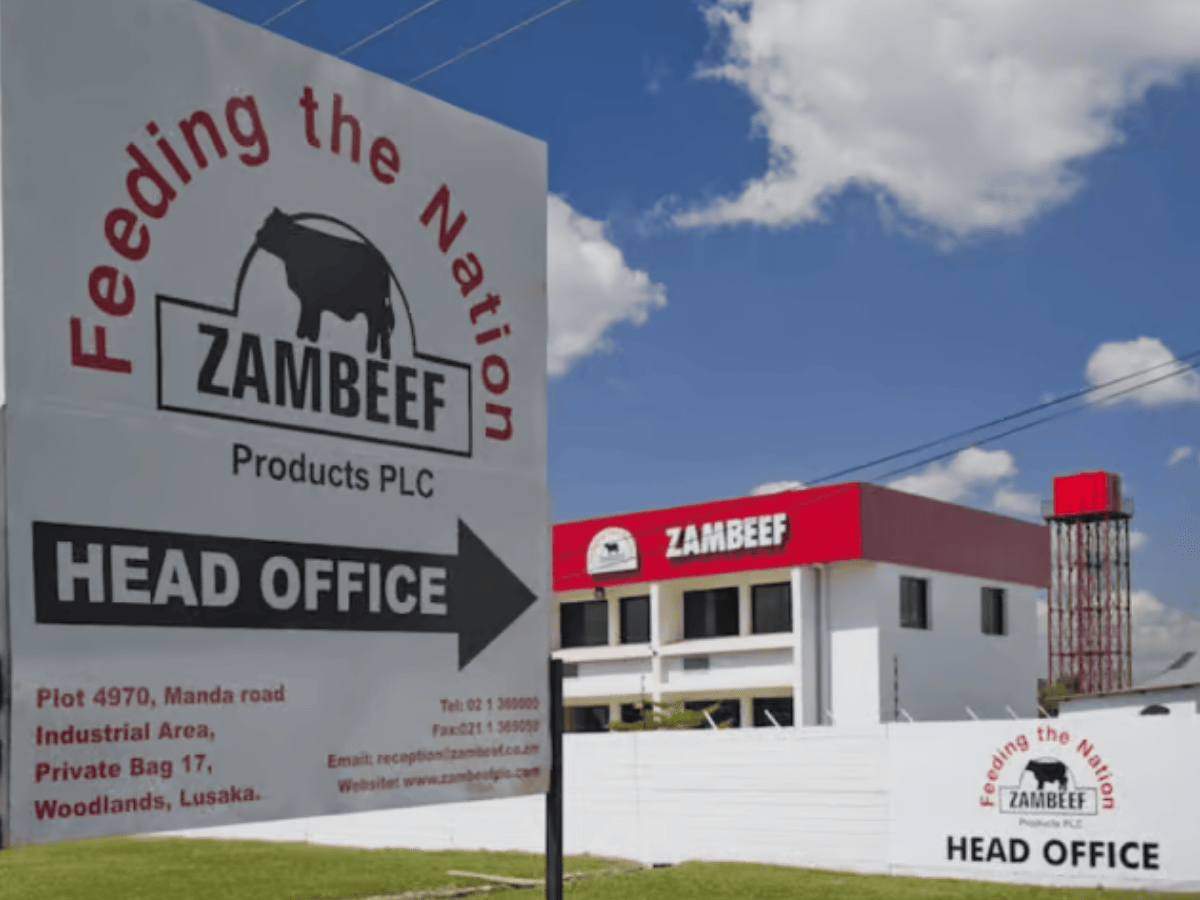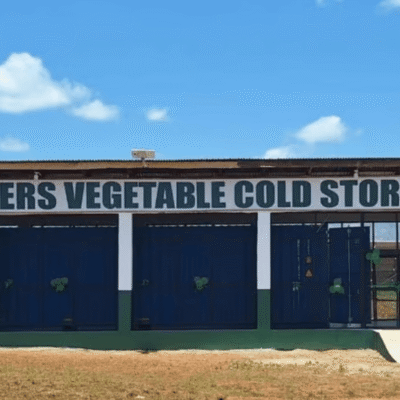ZAMBIA – The African Development Bank Group (AfDB) has approved a Zambian Kwacha-denominated risk-sharing credit guarantee worth approximately US$32 million (ZMW 800 million) to support a US$100 million (ZMW 2.5 billion) expansion program by Zambeef Products Plc, one of Southern Africa’s largest agribusinesses.
The credit guarantee will facilitate local currency financing for Zambeef, with the Bank aiming to catalyze broader collaboration with commercial financial institutions in Zambia.
This mechanism is part of the Bank’s strategy to support private sector investment using local currency instruments, while reducing exchange rate risks for borrowers.
Five-year expansion targets supply chain, job creation
The five-year expansion initiative, which commenced in 2023, focuses on improving operational capacity and efficiency across Zambeef’s vertically integrated value chains.
These include crop farming, livestock rearing, animal feed manufacturing, grain processing, and the production and distribution of meat, dairy, eggs, and flour.
According to Zambeef, the funds will be directed towards upgrading core assets, expanding processing and distribution facilities, and modernizing infrastructure to meet growing domestic and regional demand.
The expansion is projected to result in the creation of approximately 1,398 direct jobs and an estimated 243,000 indirect employment opportunities.
Beyond employment, the program is expected to strengthen the market access of over 86,000 smallholder farmers, outgrowers, and small businesses.
These groups form a critical part of Zambia’s agri-food ecosystem, which the government and development partners have sought to bolster through both policy and investment.
Local market stability and private sector growth
Speaking on the initiative, Raubil Durowoju, AfDB Country Manager for Zambia, noted that the local currency-based guarantee is designed to foster private sector involvement in the country’s agricultural value chains.
He emphasized the potential for the transaction to support financial market stability by encouraging lending in Kwacha.
“This intervention with Zambeef aligns with our efforts to deepen private sector participation, especially in sectors that engage youth and women,” Durowoju said.
Zambeef currently operates 236 retail outlets across Zambia and contributes approximately 1% to the nation’s GDP.
The company plays a substantial role in food distribution and processing in the Southern Africa region, managing its own cold-chain logistics and retail infrastructure.
Policy alignment and strategic frameworks
The AfDB-backed expansion aligns with several key national and regional development strategies.
These include Zambia’s Eighth National Development Plan (2022–2026), the African Development Bank’s Country Strategy Paper for Zambia (2024–2029), and the Bank’s overarching Ten-Year Strategy (2024–2033).
The investment also supports the institution’s “Feed Africa” and “Industrialize Africa” priorities.
Although the AfDB Board has approved the credit guarantee, the finalization of the transaction remains subject to further regulatory and legal steps, including the signing of final agreements with participating financial institutions.
No disbursement will occur until these steps are complete.
Regional outlook and related developments
The Zambeef project comes amid growing focus on strengthening food supply chains in Southern Africa.
In recent years, Zambia has been positioning itself as a regional agricultural hub, with increased emphasis on agro-processing and value addition.
The AfDB has also supported other agriculture-focused initiatives in the region, including irrigation projects, rural road development, and food resilience programs.
In parallel, AfDB continues to scale up the use of local currency instruments to mitigate exchange rate risks for businesses operating in volatile monetary environments.
Zambia, which recently concluded a debt restructuring agreement with its official creditors, has been working to restore macroeconomic stability and enhance investor confidence in its productive sectors.






